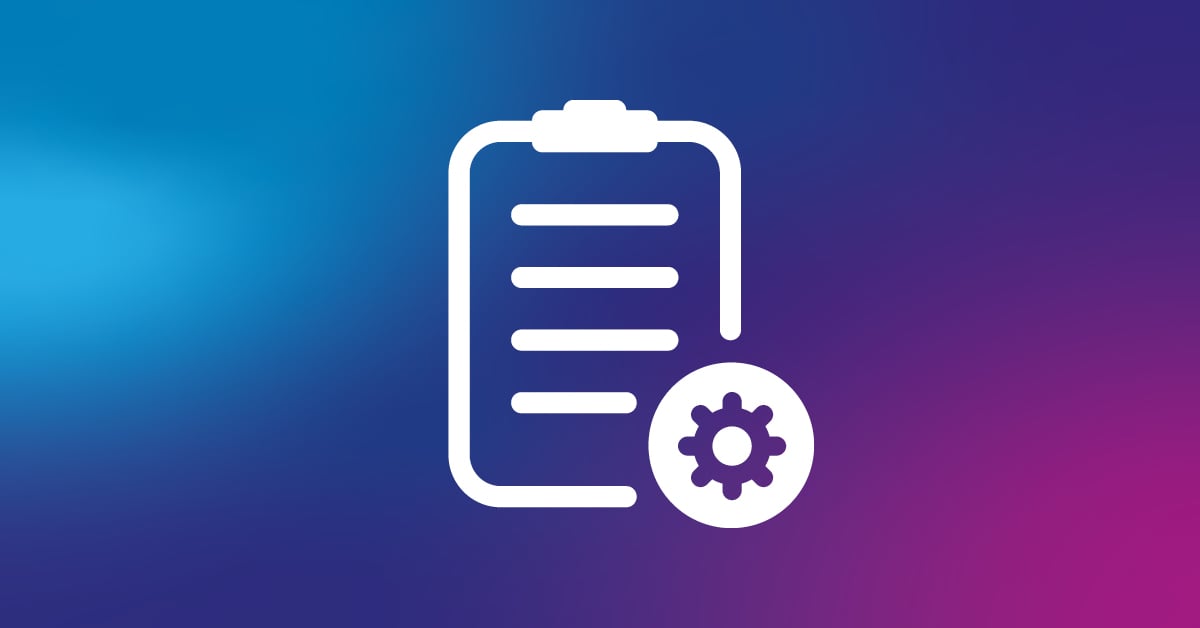SNMP port analyzer with PRTG
Analyze your ports and maximize network security & performance
- Monitor individual TCP/IP and UDP ports, and your entire network
- Track port bandwidth usage and other key port health stats
- Get alerted about performance issues and security risks
PRTG SNMP port analyzer: What you’ll find on this page
PRTG makes SNMP port analysis as easy as it gets
Custom alerts and data visualizations let you quickly identify and prevent port congestion, security vulnerabilities, and other network performance issues.
Are you expecting too much from your ports?
Emails that won't send. Frozen screens. Dropped connections.
Overloaded or underperforming ports cause all sorts of annoying and disruptive issues. And that's before we even talk about the security risks…
Paessler PRTG port analyzer uses SNMP to monitor the health of all ports across your network, so you can prevent outages, keep your colleagues productive, and shut bad actors out of your network.
Keep data flowing safely at speed with your SNMP port analyzer
Optimize your infrastructure
Manage your network and the communication between all elements in your infrastructure more effectively. PRTG works tirelessly in the background, tracking key stats and letting you know a port is close to overloading before it actually happens, so you can prevent outages.
Strengthen network security
With so much on your plate, potentially critical security issues can easily go unnoticed. PRTG keeps a close eye on switch ports, router ports, server ports, and other network infrastructure, rooting out weak spots like open ports before bad actors can exploit them.
Troubleshoot with ease
PRTG stores raw data for a year by default. That means you can go back as far as you need to pinpoint when a problem started. Plus, you can spot trends and take proactive action. Like ensuring you don't find yourself with too many devices and not enough ports.
Start conducting SNMP port analysis with PRTG and see how it can make your network more reliable and your job easier.
What SNMP port analysis looks like in PRTG
Diagnose network issues by continuously tracking ports across your network. Show port status, data transfer speed, and other key metrics in real time. Visualize monitoring data in clear graphs and dashboards to identify problems more easily. Gain the overview you need to troubleshoot speed issues, security vulnerabilities, and other network performance problems.
Your SNMP port analyzer at a glance – even on the go
Set up PRTG in minutes and use it on almost any mobile device.


Find the root cause of the problem with our PRTG SNMP port analyzer solution
Real-time notifications mean faster troubleshooting so that you can act before more serious issues occur.
“Excellent tool for detailed monitoring. Alarms and notifications work greatly. Equipment addition is straight forward and server initial setup is very easy. ...feel safe to purchase it if you intend to monitor a large networking landscape.”
Infrastructure and Operations Engineer in the Communications Industry, firm size 10B - 30B USD
Comprehensive port analysis on autopilot
PRTG's sophisticated, preconfigured sensors track individual ports – and your network as a whole.
SNMP Traffic sensor
Monitor traffic on a specific device with our SNMP Traffic sensor, including:
Port Range sensor
Keep an eye on all available TCP/IP ports within a specific range. PRTG's Port Range sensor tells you:
- The number of open ports
- The number of closed ports
- The time until requests to ports are accepted
Sensor Factory sensor
Unsure how many port channels are available on your network? Our Sensor Factory sensor is a custom sensor whose channels are based on data from other source sensors.
This way, you can work out averages and totals, so you don't have to check every port individually.
PRTG makes SNMP port analysis as easy as it gets
Custom alerts and data visualizations let you quickly identify and prevent port congestion, security vulnerabilities, and other network performance issues.
Create innovative solutions with Paessler’s partners
Partnering with innovative vendors, Paessler unleashes synergies to create
new and additional benefits for joined customers.
We asked: would you recommend PRTG?
Over 95% of our customers say yes!
Paessler conducted trials in over 600 IT departments worldwide to tune its network monitoring software closer to the needs of sysadmins.
The result of the survey: over 95% of the participants would recommend PRTG – or already have.

PRTG: The multi-tool for sysadmins
Adapt PRTG individually and dynamically to your needs and rely on a strong API:- HTTP API: Access monitoring data and manipulate monitoring objects via HTTP requests
- Custom sensors: Create your own PRTG sensors for customized monitoring
- Custom notifications: Create your own notifications and send action triggers to external systems
- REST Custom sensor: Monitor almost everything that provides data in XML or JSON format
Still not convinced?
More than 500,000
sysadmins love PRTG
Paessler PRTG is used by companies of all sizes. Sysadmins love PRTG because it makes their job a whole lot easier.
Monitor your entire IT infrastructure
Bandwidth, servers, virtual environments, websites, VoIP services – PRTG keeps an eye on your entire network.
Try Paessler PRTG
for free
Everyone has different monitoring needs. That’s why we let you try PRTG for free.
Start conducting SNMP port analysis with PRTG and see how it can make your network more reliable and your job easier.
|
PRTG |
Network Monitoring Software - Version 25.1.104.1961 (April 7th, 2025) |
|
Hosting |
Download for Windows and cloud-based version PRTG Hosted Monitor available |
Languages |
English, German, Spanish, French, Portuguese, Dutch, Russian, Japanese, and Simplified Chinese |
Pricing |
Up to 100 sensors for free (Price List) |
Unified Monitoring |
Network devices, bandwidth, servers, applications, virtual environments, remote systems, IoT, and more |
Supported Vendors & Applications |
|














